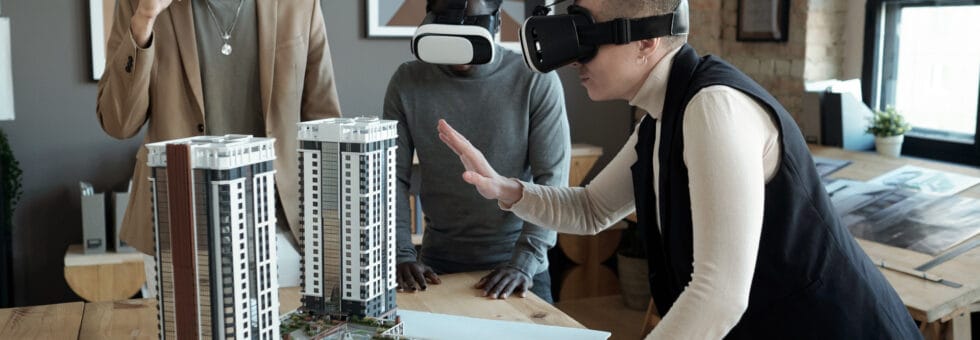Virtual reality (VR) applications create a significant impact on potential customers by offering more interactive and memorable experiences compared to traditional marketing methods. VR technology enables detailed, three-dimensional presentations of products and services, allowing customers to explore a product virtually and experience it as realistically as possible. This enhances customer satisfaction and accelerates purchase decisions.
One of VR’s greatest advantages is its ability to foster deep interactions between brands and customers. Users become part of the promotions, creating customer engagement and loyalty. For instance, a VR test drive by a car brand or virtual house tours by a real estate company gives consumers the opportunity to experience a product without physically seeing it.
Personalized content takes VR’s potential even further. Offering customers a tailored experience based on their preferences strengthens the brand’s user-friendly and innovative image. This helps customers gain more detailed knowledge about the product or service, boosting their trust in the brand.
Additionally, VR enriches the customer experience and allows brands to differentiate themselves from competitors. High-tech VR presentations leave a lasting impression on customers and demonstrate that the brand has a modern image. These innovative methods are particularly appealing to the tech-savvy younger generation, making the brand more attractive.
In conclusion, VR applications help brands make their marketing and promotional strategies more creative and effective, fostering a strong connection with potential customers. Through interactive and personalized experiences, brands can lead in customer experience and gain a competitive edge in the market.

